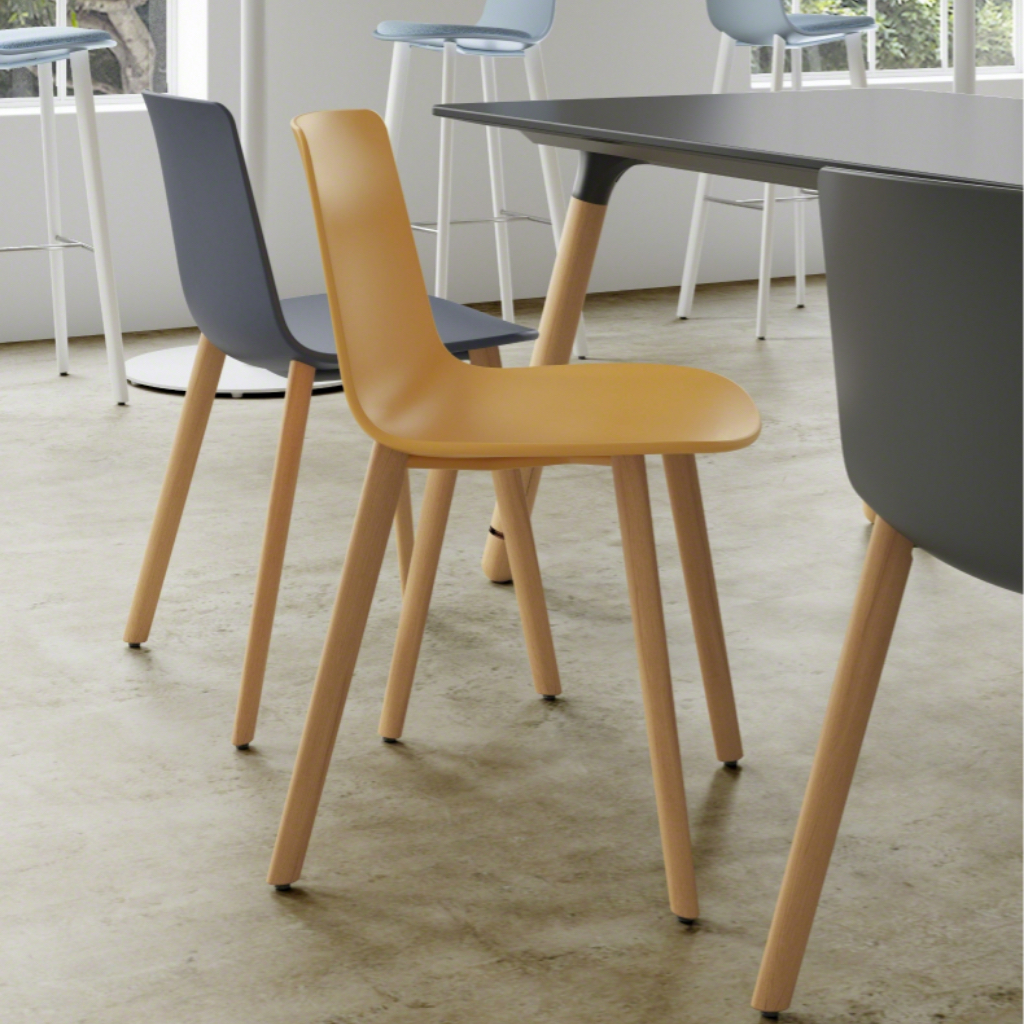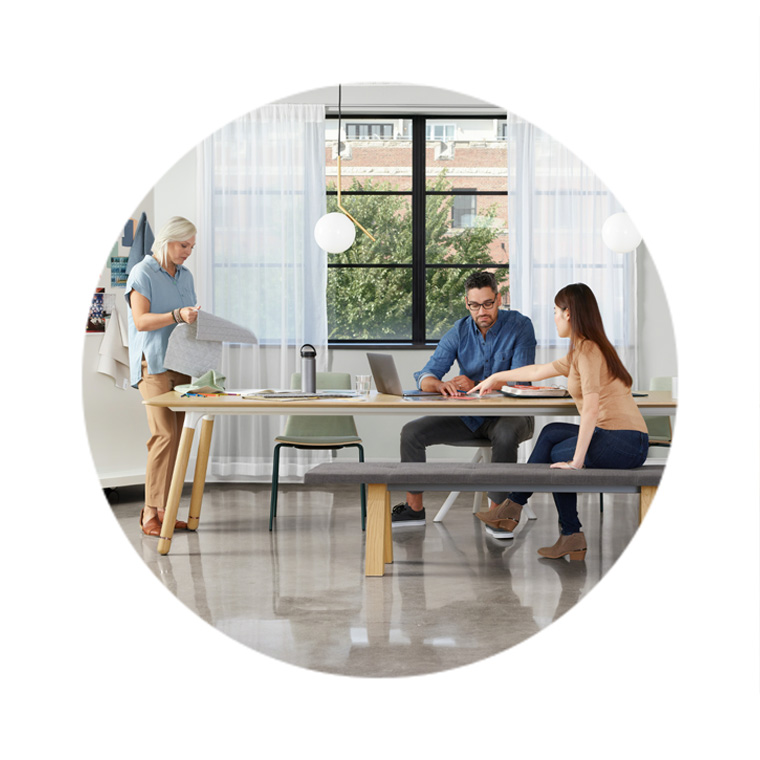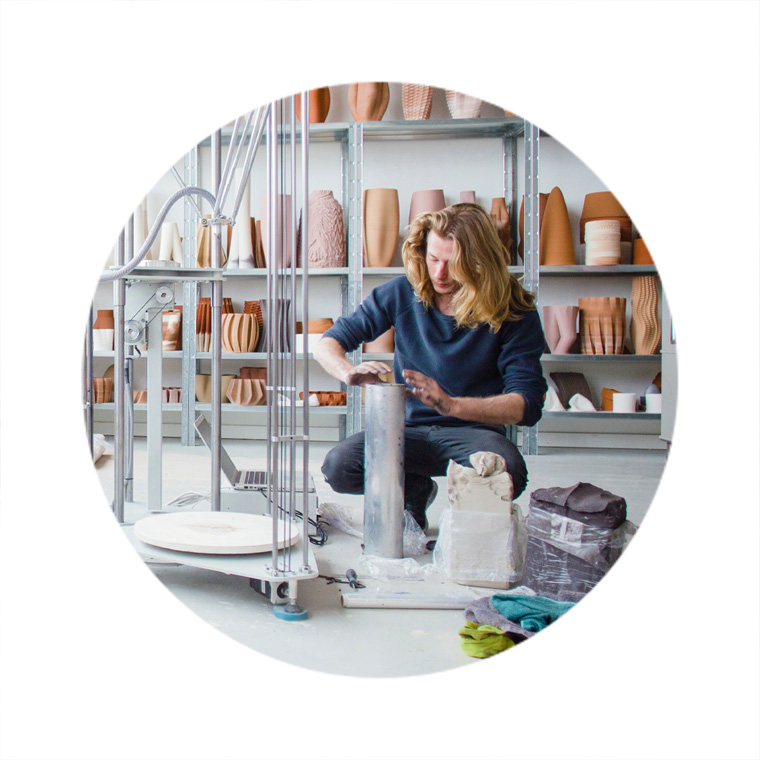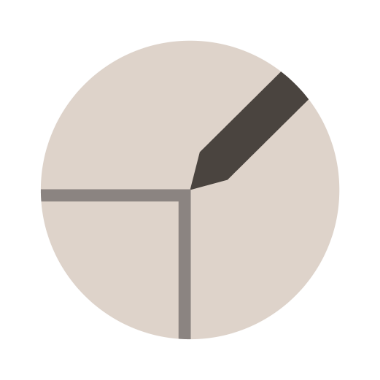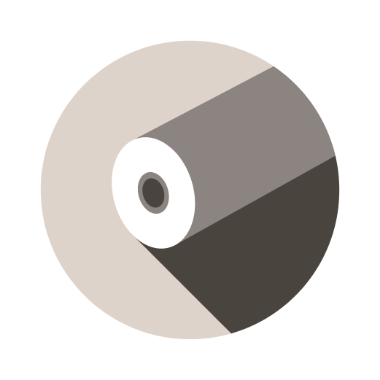Care & Maintenance
Chrome
Use commercial cleanser and polish, according to manufacturer’s directions.
Fabric
Under normal use, clean with soft cloth dampened with water. For spots and spills, we recommend professional cleaning. For COM, refer to the specific cleaning instructions recommended by the fabric supplier.
Emu Outdoor Fabric
Remove loose dirt with soft bristle brush or hose down with cold water. Clean with mixture of water and mild soap. Rub in mixture with soft brush and allow to thoroughly soak into fabric. Rinse thoroughly with cold water and air dry. Never use water over 100 degrees Fahrenheit. Do not machine dry. For light cleaning, avoid using detergents.
For stubborn stains use mixture of one gallon cold water, 1/2 cup bleach and 1/4 cup mild soap for one hour.
Detergents can be used without harm, though they may remove some of the water and stain resistant properties in the fabric.
SW_1 and Lagunitas Knit
Clean with warm water and soap. Wet sponge and wipe fabric. Household cleaners such as Windex® may be used. Do NOT use cleaners containing bleach.
LESSTHANFIVE Smooth Paint and Woven Carbon Fiber Finishes
To clean a chair, start with water and a soft cloth, like microfiber (do not use abrasive cleaners or materials like paper towel). If water does not clean the chair, use a common solution, like Formula 409 or window cleaner, with a soft cloth.
For removal of indigo from denim, use isopropyl alcohol (rubbing alcohol) with a soft cloth.
To remove small scratches on the high gloss chairs (Carbon Weave, Red Fade, and Copper), only wax-based paste, like SC Johnson Paste Wax or Trewax Clear Paste Wax, can be used. Waxing is not recommended for matte chairs (Light Fade, Dark Fade, and Blue), as this will change the matte finish of the chair.
Laminate and Solid Phenolic
Clean with soap and water. For stubborn stains, use a non-abrasive household cleaner.
Leather
Under normal use, regular dusting and vacuum cleaning are all that is necessary. For spots and spills, wipe excess liquid immediately. If necessary, use lukewarm water cleaning the entire area where spot occurred and air dry. For stubborn spots or stains, use a solution of mild non-detergent soap and air dry. For butter, oil, or grease, wipe excess with dry cloth and then leave alone. The spot will dissipate into the leather. Do not apply water.
Faux Leather
Under normal use, clean with soft cloth dampened with water. For spots and stains, use the recommended mixture of Woolite® and water. Rinse with clean water and air dry.
Granite/Glass
Under normal use, clean with Windex and soft cotton cloth.
Powder Coat Finishes
Chairs and table bases should be cleaned with a liquid detergent and water. Remove stubborn stains with liquid cleanser, such as Formula 409®.
EMU Oudoor Paint
Store in an enclosed and dry area during winter to avoid condensation. Before winter and regularly every quarter, clean the metal surfaces with a cloth dipped in water or detergent and protect them with Vaseline oil or car polish. Do not use ethyl alcohol or detergents that contain even in small quantities acetone, trichloroethylene, or ammonia (or solvents in general). When storing tables, do not stack them or put the tabletops in direct contact with each other. Handle the seats with care when stacking them to avoid damaging the varnished surfaces.
Polished Aluminum
Finishes on table bases should be cleaned with a commercial powder, liquid, or paste metal cleaner and polish. Follow the manufacturer’s directions.
Veneers and Painted MDF
Clean regularly with mild soap and water and dry with a soft cloth. Tip: Never use ammonia-based cleaners or wax on wood surfaces.
Carl Hansen & Son Wood Finishes
Oil/White Pigmented Oil: Wipe clean with damp cloth. Wood should be treated twice per year on all surfaces, or as needed to remove scratches and stubborn stains. Stain/Varnish, Clear lacquer, CHS Color: Wipe clean with damp cloth.
Vinyl
Under normal use, clean with soft cloth dampened with mild soap solution. For stubborn stains and spills, a sponge or soft brush may be used with mild non-abrasive cleaner.
Transolid
Clean regularly with mild soap and water. Dry with a soft cloth.
Inspection
Tables should be inspected and maintained regularly by tightening screws and bolts, inspecting casters and glides for damage, and inspecting all moving parts for damage and wear.

